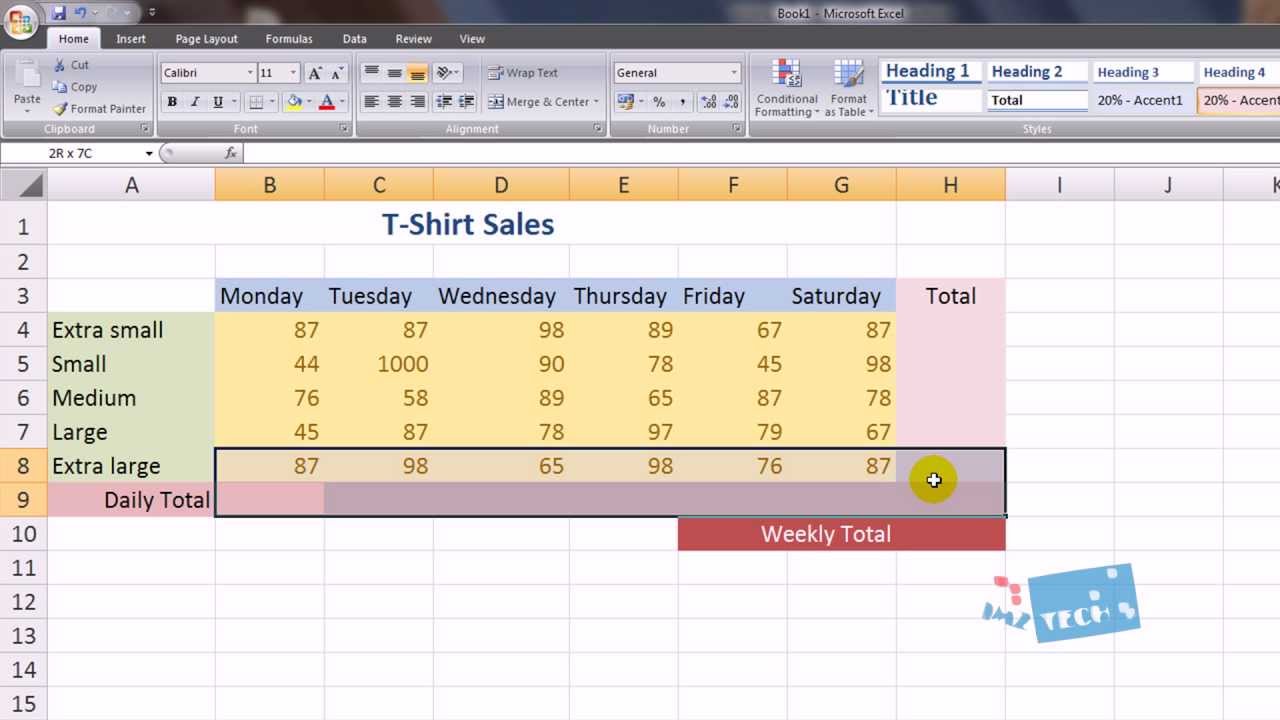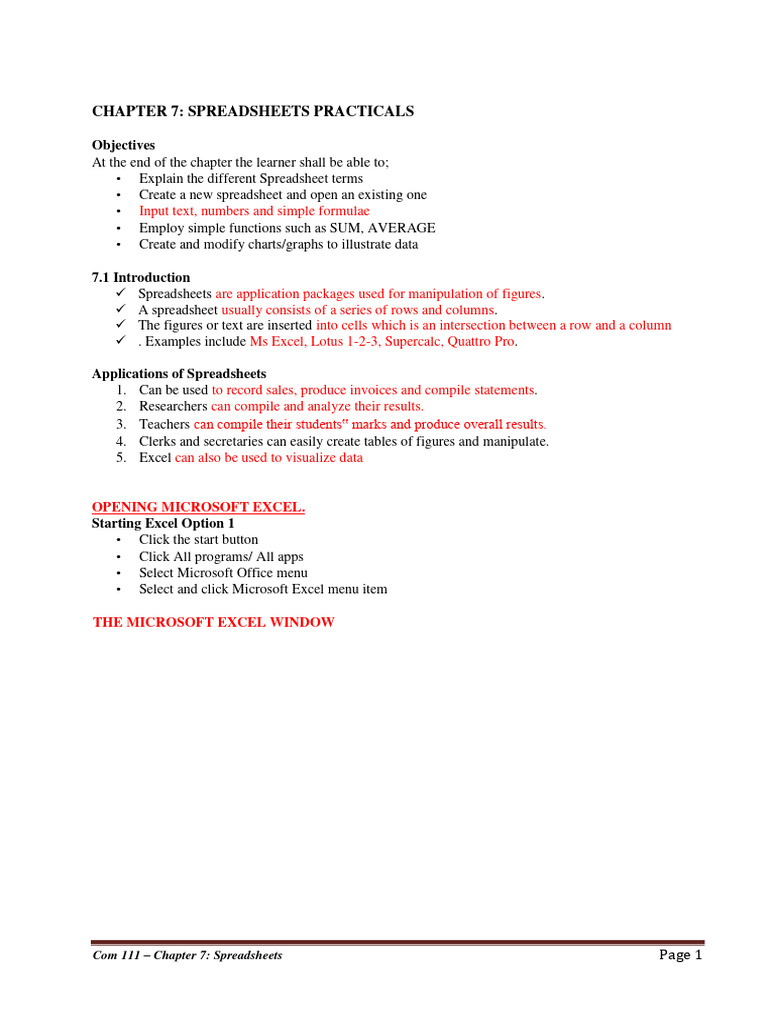5 Ways to Kickstart Your Excel Sheet Creation

The world of data, numbers, and meticulous organization often finds its most common battlefield on Microsoft Excel spreadsheets. Whether for financial calculations, project management, or personal to-do lists, Excel is a pivotal tool. If you're new to the game or need to refresh your Excel knowledge, mastering the art of Excel sheet creation is essential. Here, we'll explore five effective strategies to kickstart your journey in Excel sheet design and utilization.
1. Start with a Clear Plan

Before diving into the realm of cell formatting and formula creation, it’s beneficial to outline what your Excel sheet will achieve. Planning isn’t just about functionality; it’s about making your Excel sheet intuitive and straightforward for anyone who might use it.
- Identify Purpose: Define the goal of your spreadsheet. Is it for tracking inventory, financial reporting, or data analysis?
- Sketch Out: Draw a rough layout on paper. Where will your data go? Which columns are essential?
- Think Headers: What headings or labels will make sense for your data? These can significantly affect how easily someone can navigate your sheet.
📝 Note: Taking a few minutes to plan can save hours of unnecessary reformatting and rework.
2. Mastering Basic Excel Formatting

A well-formatted Excel sheet isn’t just pretty; it’s also practical. Excel offers a plethora of formatting options to make your data both visually appealing and easy to understand:
- Cell Size: Adjust row and column heights to fit your content.
- Alignment: Align text and numbers for readability.
- Color Coding: Use color to highlight different sections or types of data.
- Data Validation: Ensure consistency by setting up rules for what can be entered into certain cells.
| Formatting Element | Description |
|---|---|
| Font Size | Increase for titles and headers to distinguish them easily. |
| Cell Borders | Help separate and organize data into clear blocks. |
| Number Format | Set currency, percentage, or date formats for relevant data. |

🎨 Note: Overdoing formatting can clutter your sheet. Aim for clarity over complexity.
3. Utilize Excel’s Formula Power

Formulas are the heart of Excel’s functionality. Understanding how to use even basic formulas can transform your data management:
- SUM: Add up values in a range.
- AVERAGE: Calculate mean values.
- VLOOKUP/HLOOKUP: Search for specific data across large datasets.
- IF Statements: Conditional logic can streamline decision-making processes.
Mastering Excel formulas might seem daunting at first, but as you use them more, they become second nature. For beginners, starting with simple formulas and expanding your knowledge base will enhance your sheet's power and efficiency.
4. Get Comfortable with Sorting and Filtering
Sorting and filtering are fundamental for data analysis, allowing you to find and manipulate data quickly:
- Sorting: Arrange data in ascending or descending order.
- Filtering: Display only the data you need based on specific criteria.
Here are some quick tips:
- Use custom filters for dates, numbers, or text to meet specific needs.
- Filter multiple columns at once to narrow down your data effectively.
📌 Note: Remember, sorting can affect your data if not all columns are included, so use it cautiously with complex sheets.
5. Explore Advanced Excel Features

After mastering the basics, delve into Excel’s more advanced tools:
- Pivot Tables: Summarize, sort, reorient, and group your data in a dynamic way.
- Conditional Formatting: Automatically apply formatting based on cell values.
- Macros: Automate repetitive tasks with VBA (Visual Basic for Applications).
- Power Query: Connect, combine, and refine data from various sources.
Exploring these features will not only make you more efficient but also enable you to handle more complex datasets, turning you into an Excel power user.
As we wrap up this overview, remember that Excel is a tool that grows with you. From simple data tracking to complex financial modeling, Excel's versatility is what makes it indispensable. With these five strategies, you're now better equipped to start or enhance your journey in Excel sheet creation. Whether you're tracking business metrics or organizing your personal finances, these techniques will ensure your spreadsheets are not just functional but also a joy to use. The key is to practice, experiment, and adapt these methods to suit your specific needs.
Can I create an Excel sheet without knowing how to use formulas?

+
Absolutely. While formulas enhance the power of Excel, you can still create functional spreadsheets for basic data entry and organization without them. However, learning simple formulas like SUM and AVERAGE can significantly improve your efficiency.
How can I learn advanced Excel features like Power Query?

+
Advanced features like Power Query have extensive online tutorials, Excel’s official documentation, and user forums. Start with Microsoft’s own training resources or YouTube tutorials to get a solid understanding before diving deeper into books or courses.
Is color coding essential in Excel?

+
Color coding is not essential but highly beneficial. It helps in visually distinguishing between different data categories, making your sheet more user-friendly and reducing the likelihood of errors in data entry or analysis.



